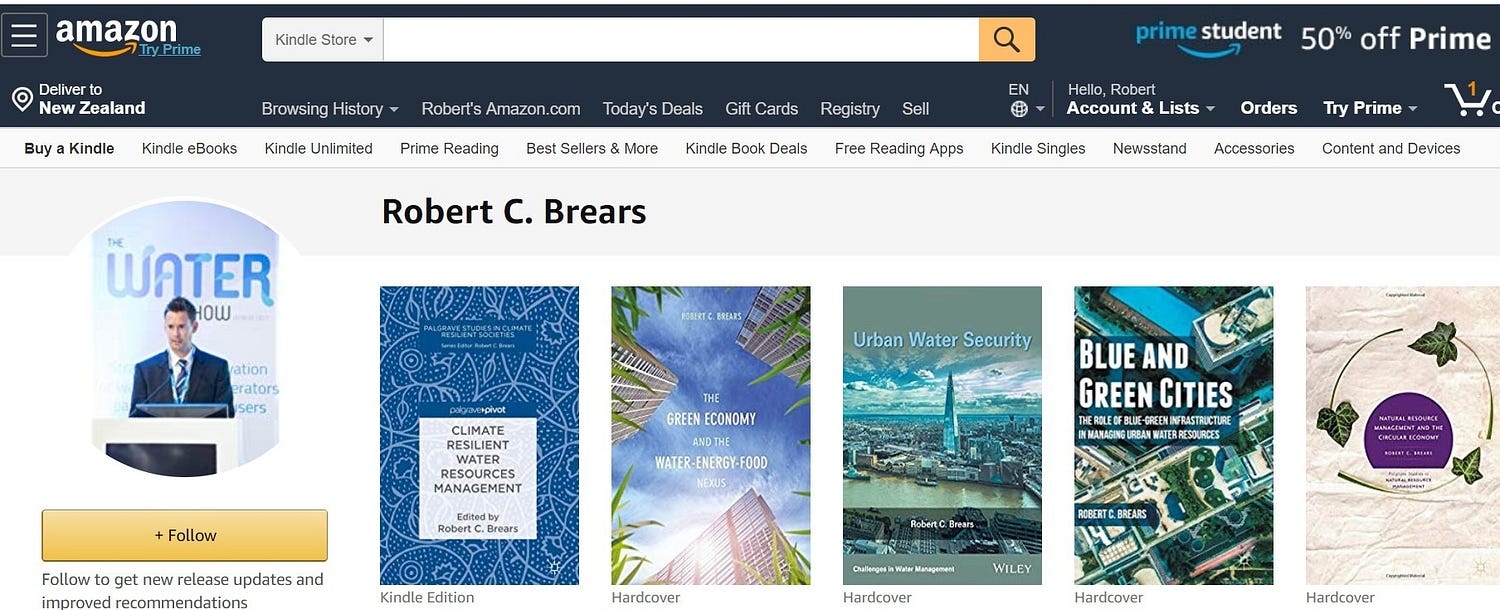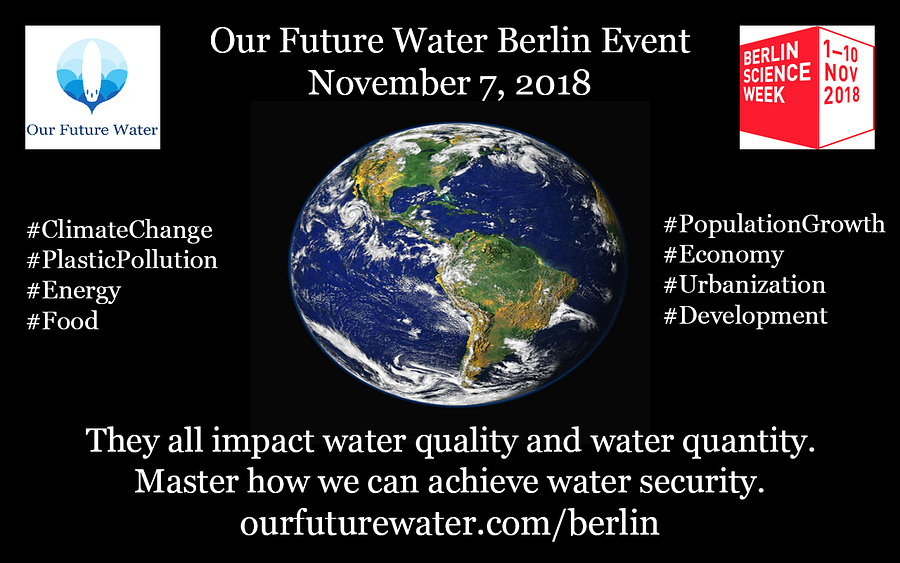The Rise of the Machines (in managing water)
Published on by Robert Brears, Founder of Our Future Water, Young Water Leaders, Mitidaption & Author (Springer Nature, Wiley) in Technology
Water utilities are continuously faced with growing demand for water resources while at the same time needing to become more efficient in the use of resources, including energy, in the providing of water. To ensure operational efficiency, Melbourne Water is turning to Artificial Intelligence (AI) to become smarter in its electricity consumption.
In the water industry, energy is required throughout the processes of water production and distribution. In the United States and United Kingdom, water utilities consume around 3% of all electricity consumption, with pumping water taking between 90–95% of the electricity purchased. As such, an increase in pump efficiency will lead to significant savings and reduced carbon emissions.
Melbourne Water’s Winneke Treatment plant is one of the utility’s major water treatment sites for Melbourne’s potable drinking water. Each day, around 350 ML of water moves through the plant before being distributed to millions of homes and businesses across the city. The plant has a daily targeted flow rate for water production to ensure the city always has the right amount of water. This rate varies each day and so different pumps run at different speeds.

https://pixabay.com/en/artificial-intelligence-robot-ai-ki-2167835/
To ensure the utility’s pumps operate at maximum efficiency while ensuring the required flow rate, Melbourne Water is trialing a customized, in-house built, AI program that mines historical pump operational data to ‘learn’ the most efficient pump configuration for any time of the day or week.
It is estimated that the project will reduce Melbourne Water’s pump station energy costs at the site by around 20% per annum.
The take-out
AI can enhance operational efficiency, reducing electricity costs and carbon emissions.
LinkedIn Groups
Our Future Water | Urban Water Security
Mitidaption | Our Future Water| YoungH20Leader | Urban Water Security | Robert Brears

Attached link
https://medium.com/mark-and-focus/the-rise-of-the-machines-in-managing-water-96e8c0426178Media
Taxonomy
- Energy
- Water-Energy Nexus
- Water-Energy-Food-Security
- Energy Conservation
- Water & Energy Conservation
- Energy
- Renewable Energy
- Energy
- Renewable Energy
2 Comments
-
Thanks Robert for your reply on my comment. I think you are right. The point with innovations is that we always make assumptions (in particular about the system of reference) and think from the limited view of the organisation benefiting from the innovation. We are not thinking enough in term of costs and effects outside the system. Sometime on purpose because the innovation may appear less interesting/cool/affordable, often because it appears difficult to take into account all costs and effect outside the system. That is the reason we end-up with short-term benefits innovation for a specific organisation and not solving long-term challenges of the planet. But it is not because it is difficult that we should not do it.... And with AI it is for sure not easy...
-
What are the assumptions to come to 20% reduction? What about the AI development and investments costs? What about the electricity consumption of using IT systems at the company? What about the energy costs at the consumer place? what is the global balance of all the costs involved in the utilisation of the new technology ?
1 Comment reply
-
Hi Caroline, I do not think Melbourne Water would be able to share much of this information with the public. It would come under a lot of commercial non-disclosure agreements. Robert
-
